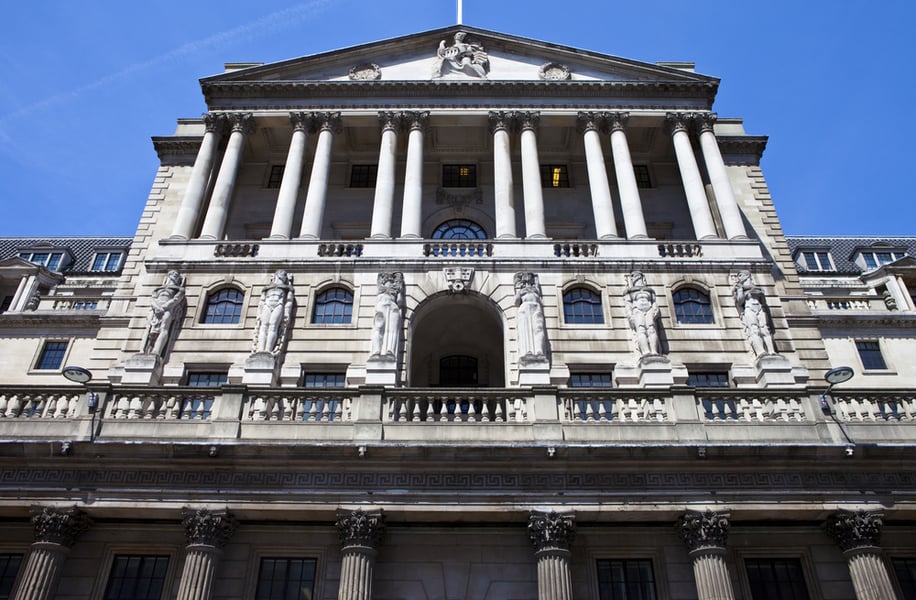Monetary policy remains confused. Too many contradictory messages out there, too little clear thinking. This needs to be addressed.

Tony Ward is chief executive of Clayton Euro Risk
A month ago, I wrote about the dilemma facing the Bank of England’s Monetary Policy Committee over decisions on interest rates. I argued that now is certainly not the time to raise rates – an argument that’s looking even stronger following the latest weak figures for both consumer spending and business investment. However, I also warned that mounting consumer debt brought about by living in a low interest environment for a prolonged period posed its own inherent danger.
There is much confusion, it appears, about our current monetary policy and where precisely it is taking us. Thankfully, some economists agree with me.
Last week, Simon Ward, chief economist at Janus Henderson, said the Bank of England should shut down its £115bn cheap funding scheme for high-street lenders because it has served its purpose and is now undermining policy. He suggested that the term funding scheme (TFS) should be closed because it makes the Bank look as though it ‘is pursing contradictory policies’. The scheme, he added, was confusing monetary policy. I agree.
The Bank kicked off the scheme last August following panic caused by the Brexit vote, as part of its post-referendum stimulus to enhance confidence in the markets and keep the economy afloat. The scheme was devised, the Bank declared, ‘to reinforce the pass-through of cuts in Bank rate to the interest rates faced by households and companies’. When rates are so low, high street banks find it tricky to make money from customer deposits, so ironically are tempted to raise rates on loans to maintain profitability. The scheme was created to ensure borrowing costs came down.
But be careful what you wish for. Data from the Bank shows that the TFS has been far more successful than expected. At the scheme’s launch, the Bank expected ‘annual growth in the stock of loans to households and companies of only 2%’, but Mr Ward reported that the annualised run rate is already 3.7% after only ten months.
The question is this: does the TFS help given the current perceived debt problem? In the recent past, even the Bank’s executive director for financial stability, Alex Brazier, has warned lenders against slipping into a ‘spiral of complacency’. UK Finance recently reported that UK consumers have increasingly turned to plastic in the spring and early summer, with figures showing a rise in the use of credit, debit and charge cards. The number of transactions grew by 12% in the year to the end of June, the highest annual rate since 2008. The Bank of England has consistently expressed the need for vigilance over growth in the consumer credit market during ‘benign’ economic conditions, at a time when household income has been relatively stagnant.
Earlier this month, the Bank extended the TFS from its original £100bn estimate to £115bn. It will be closed as scheduled at the end of next February but banks will continue to benefit until 2022.
Mr Ward said that the scheme ‘contradicted’ the Bank’s message that interest rates would rise earlier than markets expect. “They say markets are too dovish but deposits and lending rates are being suppressed by the TFS. They are saying that rates will be higher but then keeping them down”, he said. “It should be closed now.”
I agree. Monetary policy remains confused. Too many contradictory messages out there, too little clear thinking. This needs to be addressed.



